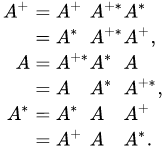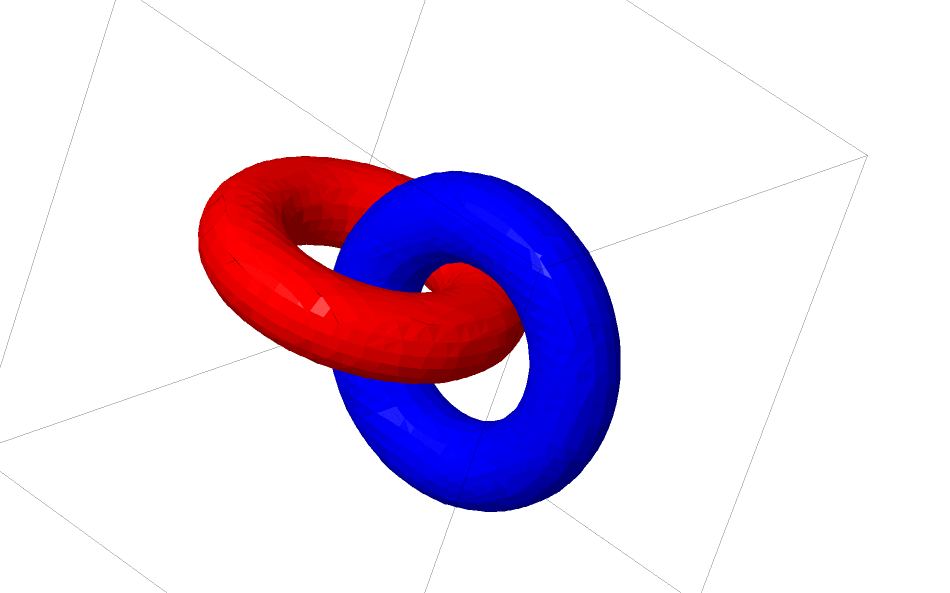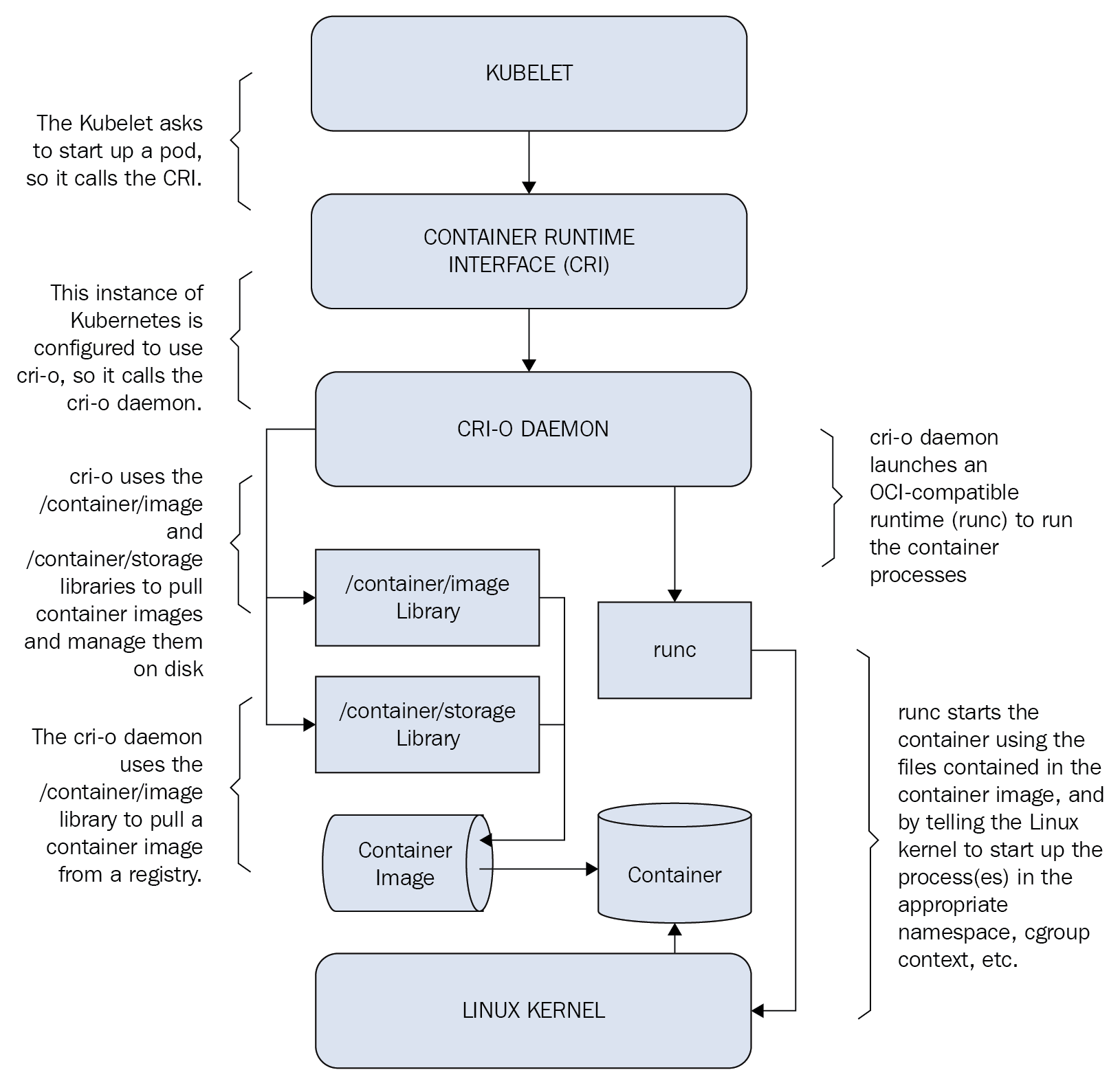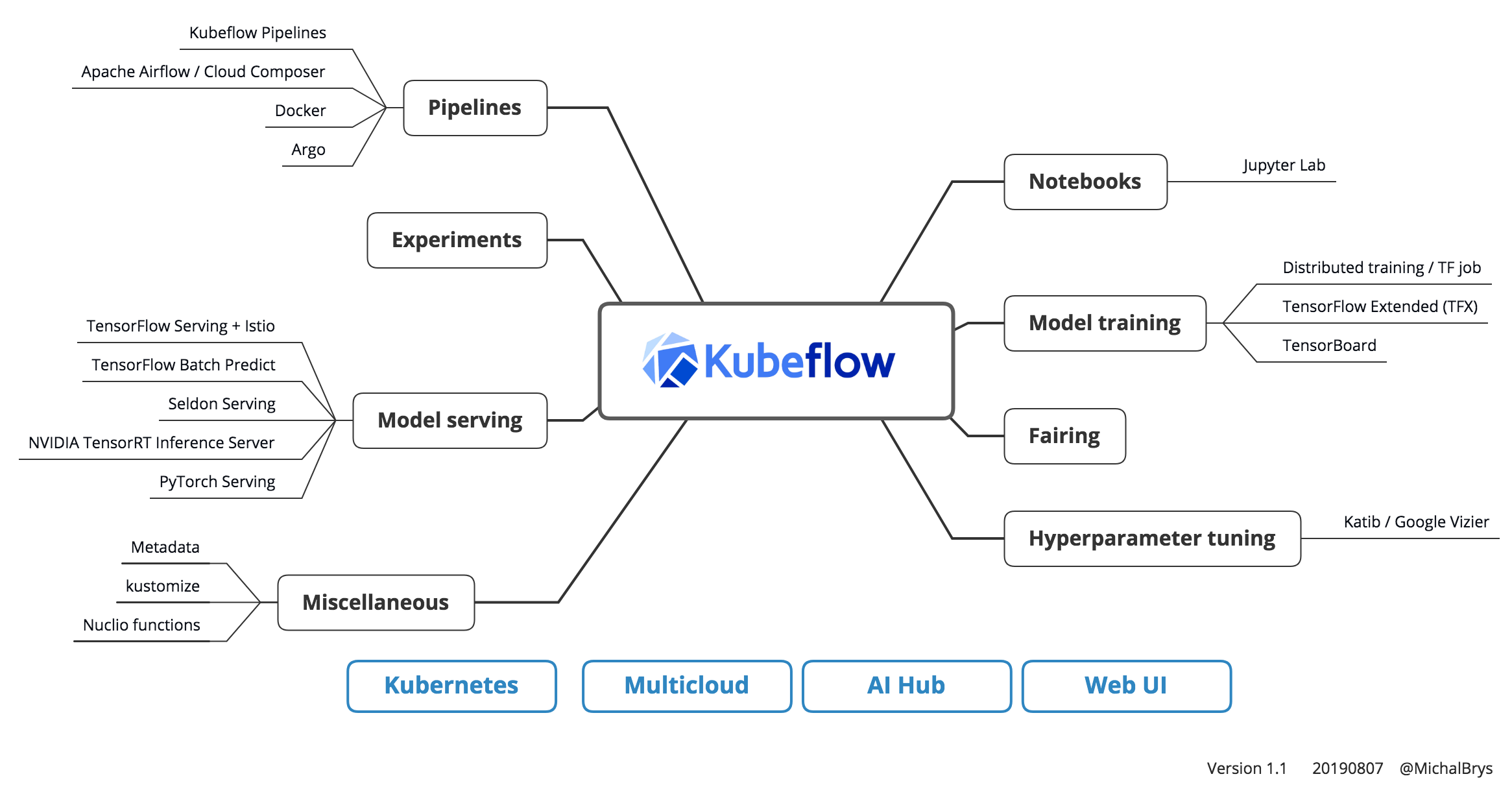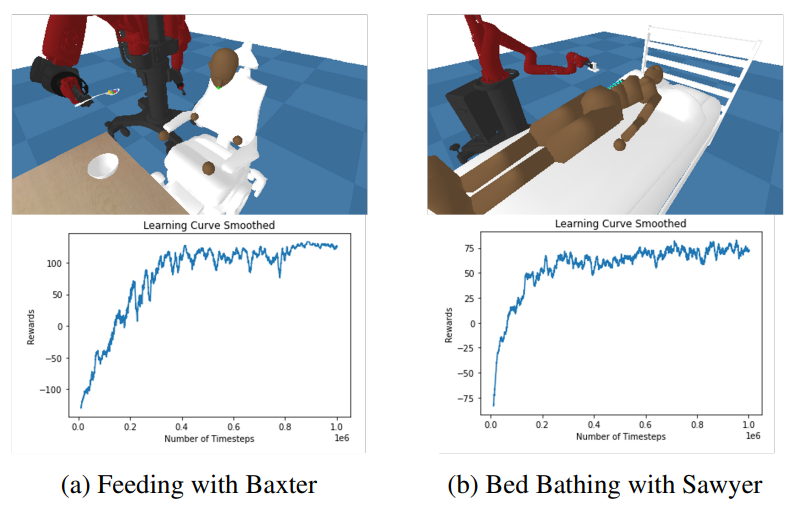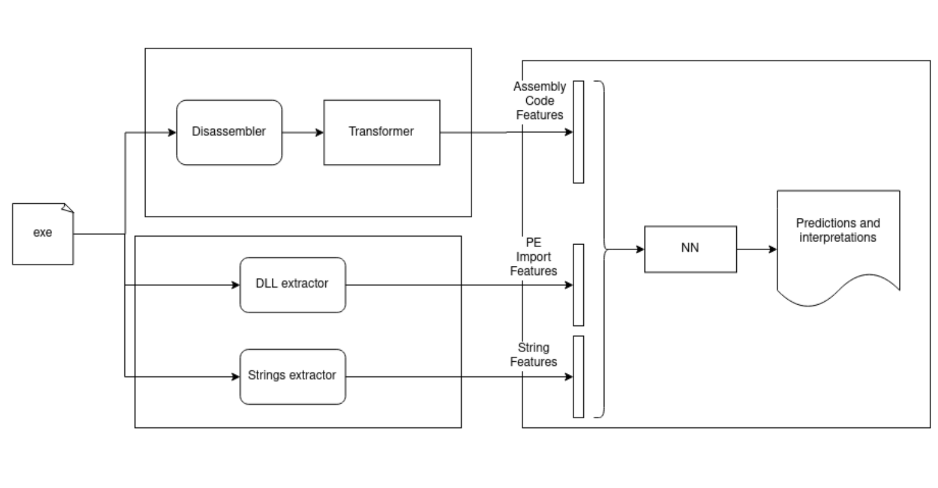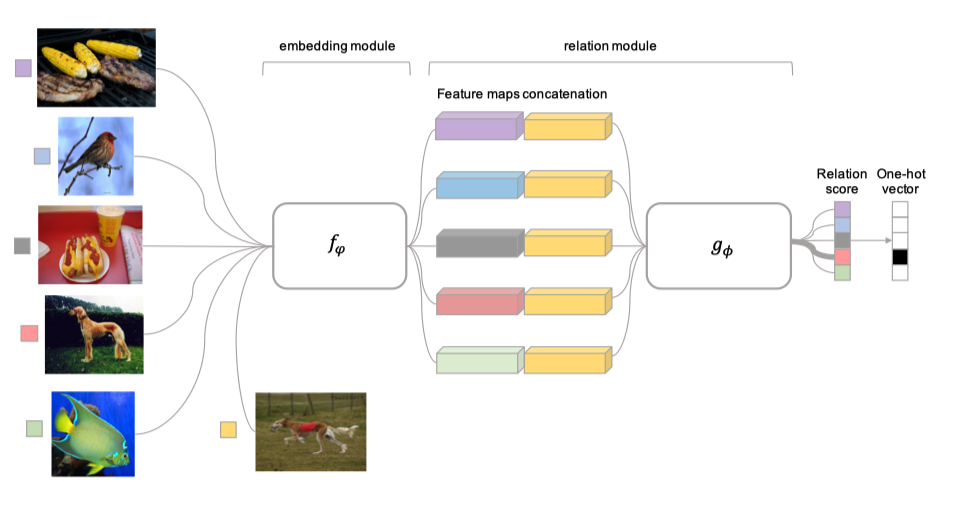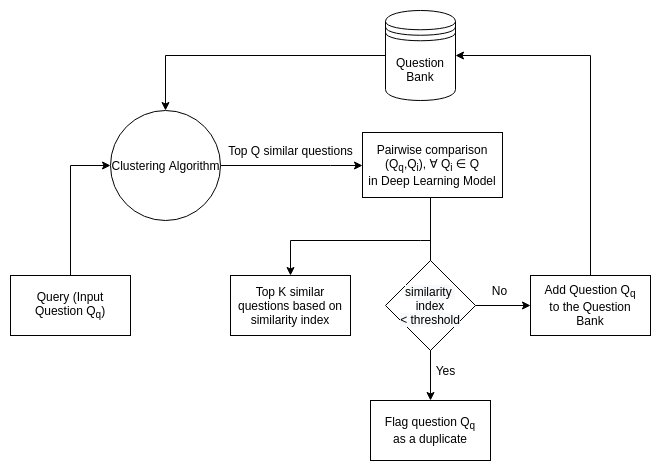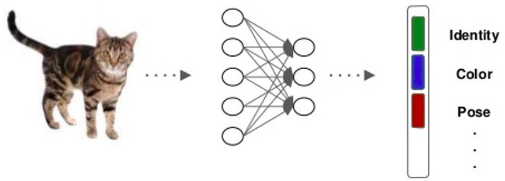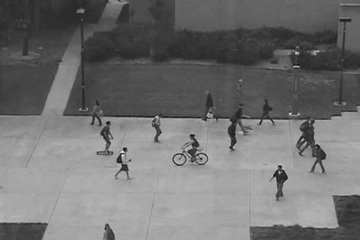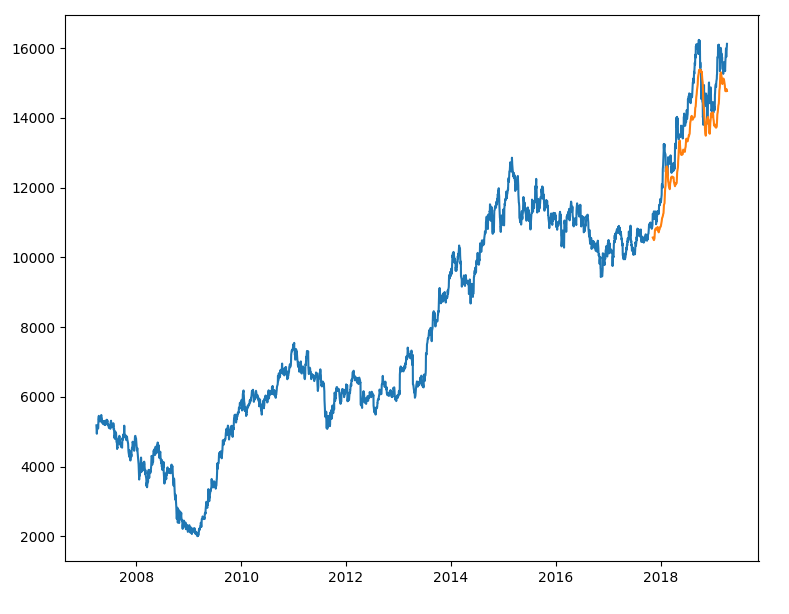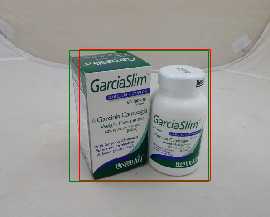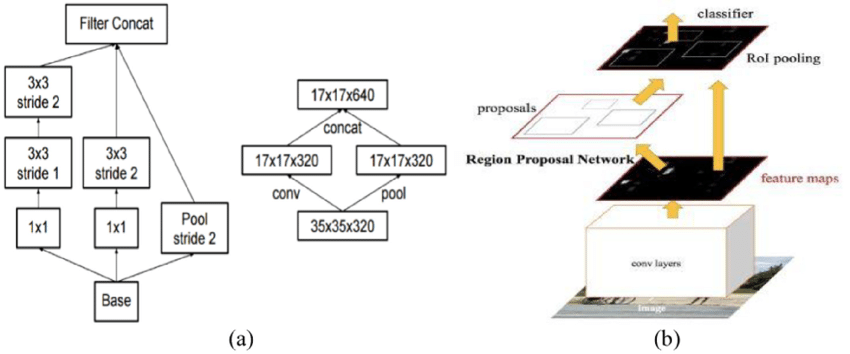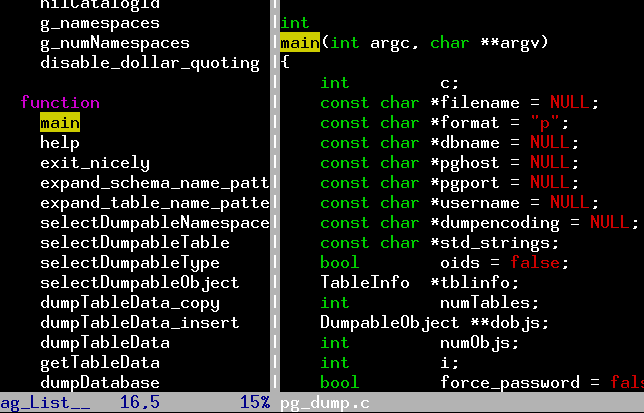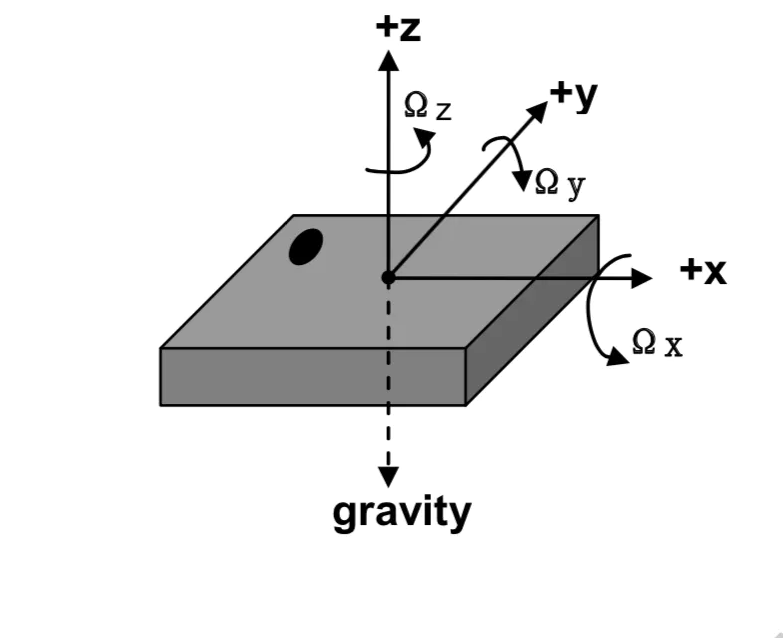
About Me
A Georgia Tech master's student working with Prof. Zsolt Kira and PhD student James Smith on continual learning of large pretrained models. In summer 2022, I worked with the Visual Search and Augmented Reality team at Amazon as an Applied Scientist intern. After graduating in 2020 from College of Engineering, Pune, I worked for a year at D. E. Shaw as a Software Developer. In the pandemic summer, I contributed to Kubeflow as a Google Summer of Code student. Previously, I have interned at the Vision and AI Lab of the Indian Institute of Science, Bangalore, working with Prof. R. Venkatesh Babu and PhD student Jogendra Nath Kundu on seq2seq modeling of human motion sequences.
Contact Details
Contact Number:
+1-(404)-820-5409
Email:
yashjakhotiya@gatech.edu
mailsforyashj@gmail.com
Education Details
Georgia Institute of Technology
GPA: 4.0/4.0
Master of Science in Computer Science
Dual Specialization in Machine Learning and Robotics
College of Engineering, Pune
CGPA: 9.2/10
Bachelor of Technology, Computer Engineering
Minor in Financial Engineering
